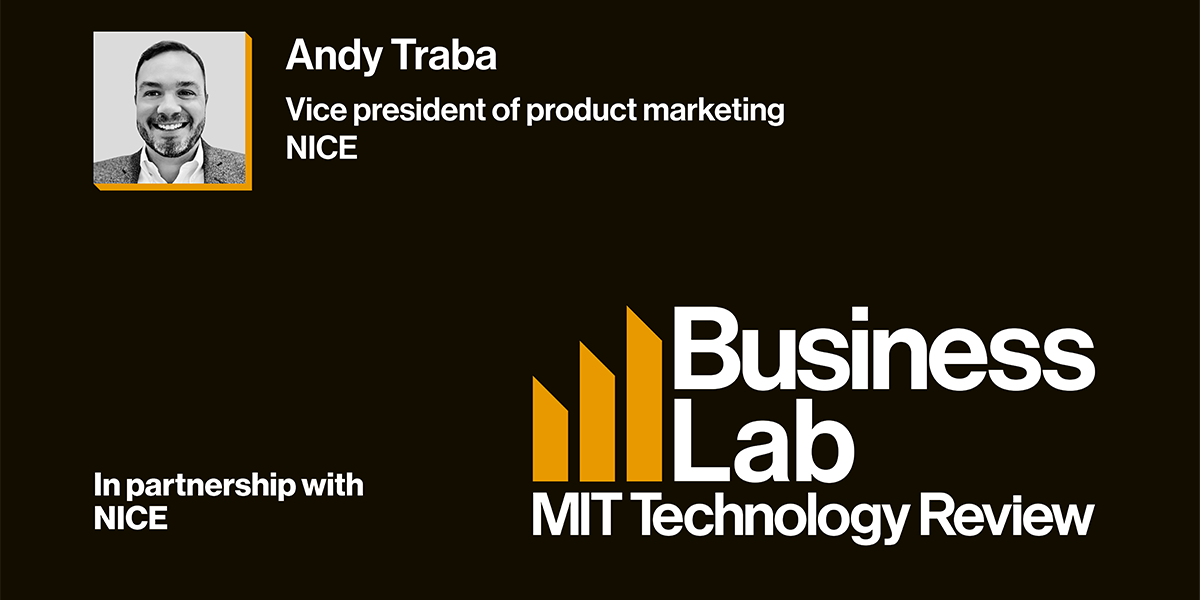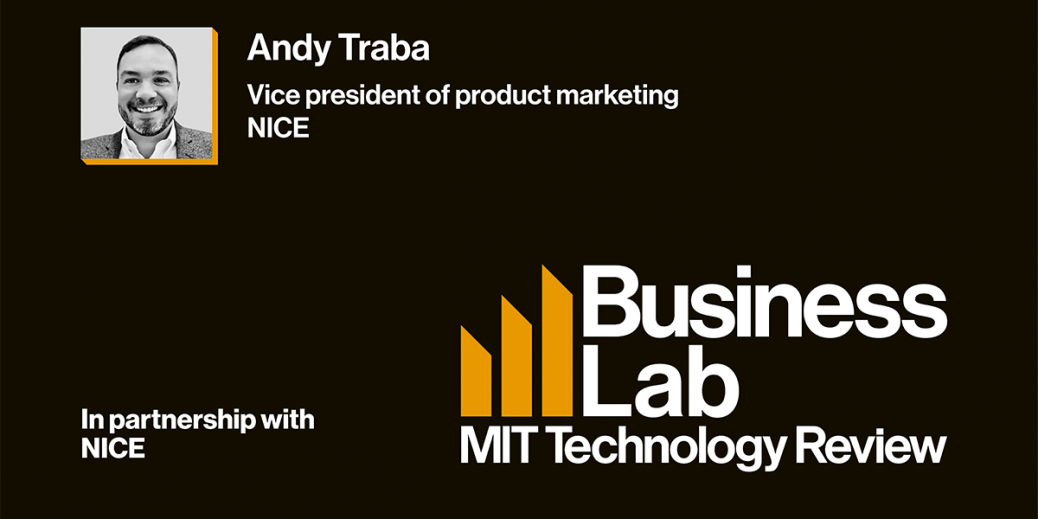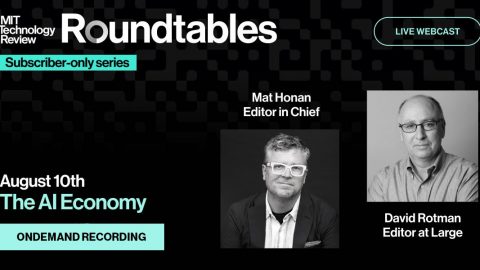
Andy: Yeah, it’s a great question. I think today artificial intelligence is certainly capturing all of the buzz, but what I think is just as buzzworthy is augmented intelligence. So let’s start by defining the two. So artificial intelligence refers to machines mimicking human cognition. And when we think about customer experience, there’s really no better example of that than chatbots or virtual assistants. Technology that allows you to interact with the brand 365 24/7 at any time that you need, and it’s mimicking the conversations that you would normally have with a live human customer service representative. Augmented intelligence on the other hand, is really about AI enhancing human capabilities, increasing the cognitive load of an individual, allowing them to do more with less, saving them time. I think in the domain of customer experience, co-pilots are becoming a very popular example here. How can co-pilots make recommendations, generate responses, automate a lot of the mundane tasks that humans just don’t like to do and frankly aren’t good at?
So I think there’s a clear distinction then between artificial intelligence, really those machines taking on the human capabilities 100% versus augmented, not replacing humans, but lifting them up, allowing them to do more. And where there’s overlap, and I think we’re going to see this trend really start accelerating in the years to come in customer experiences is the blend between those two as we’re interacting with a brand. And what I mean by that is maybe starting out by having a conversation with an intelligent virtual agent, a chatbot, and then seamlessly blending into a human live customer representative to play a specialized role. So maybe as I’m researching a new product to buy such as a cell phone online, I can be able to ask the chatbot some questions and it’s referring to its knowledge base and its past interactions to answer those. But when it’s time to ask a very specific question, I might be elevated to a customer service representative for that brand, just might choose to say, “Hey, when it’s time to buy, I want to ensure you’re speaking to a live individual.” So I think there’s going to be a blend or a continuum, if you will, of these types of interactions you have. And I think we’re going to get to a point where very soon we might not even know is it a human on the other end of that digital interaction or just a machine chatting back and forth? But I think those two concepts, artificial intelligence and augmented intelligence are certainly here to stay and driving improvements in customer experience at scale with brands.
Laurel: Well, there’s the customer journey, but then there’s also the AI journey, and most of those journeys start with data. So internally, what is the process of bolstering AI capabilities in terms of data, and how does data play a role in enhancing both employee and customer experiences?
Andy: I think in today’s age, it’s common understanding really that AI is only as good as the data it’s trained on. Quick anecdote, if I’m an AI engineer and I’m trying to predict what movies people will watch, so I can drive engagement into my movie app, I’m going to want data. What movies have people watched in the past and what did they like? Similarly in customer experience, if I’m trying to predict the best outcome of that interaction, I want CX data. I want to know what’s gone well in the past on these interactions, what’s gone poorly or wrong? I don’t want data that’s just available on the public internet. I need specialized CX data for my AI models. When we think about bolstering AI capabilities, it’s really about getting the right data to train my models on so that they have those best outcomes.
And going back to the example I brought in around sentiment, I think that reinforces the need to ensure that when we’re training AI models for customer experience, it’s done off of rich CX datasets and not just publicly available information like some of the more popular large language models are using.
And I think about how data plays a role in enhancing employee and customer experiences. There’s a strategy that’s important to derive new information or derive new data from those unstructured data sets that often these contact centers and experience centers have. So when we think about a conversation, it’s very open-ended, right? It could go many ways. It is not often predictable and it’s very hard to understand it at the surface where AI and advanced machine learning techniques can help though is deriving new information from those conversations such as what was the consumer’s sentiment level at the beginning of the conversation versus the end. What actions did the agent take that either drove positive trends in that sentiment or negative trends? How did all of these elements play out? And very quickly you can go from taking large unstructured data sets that might not have a lot of information or signals in them to very large data sets that are rich and contain a lot of signals and deriving that new information or understanding, how I like to think of it, the chemistry of that conversation is playing a very critical role I think in AI powering customer experiences today to ensure that those experiences are trusted, they’re done right, and they’re built on consumer data that can be trusted, not public information that doesn’t really help drive a positive customer experience.
Laurel: Getting back to your idea of customer experience is the business. One of the major questions that most organizations face with technology deployment is how to deliver quality customer experiences without compromising the bottom line. So how can AI move the needle in this way in that positive territory?
Andy: Yeah, I think if there’s one word to think about when it comes to AI moving the bottom line, it’s scale. I think how we think of things is really all about scale, allowing humans or employees to do more, whether that’s by increasing their cognitive load, saving them time, allowing things to be more efficient. Again, that’s referring back to that augmented intelligence. And then when we go through artificial intelligence thinking all about automation. So how can we offer customer experience 365 24/7? How can allowing consumers to reach out to a brand at any time that’s convenient boost that customer experience? So doing both of those tactics in a way that moves the bottom line and drives results is important. I think there’s a third one though that isn’t receiving enough attention, and that’s consistency. So we can allow employees to do more. We can automate their tasks to provide more capacity, but we also have to provide consistent, positive experiences.




Recent Comments